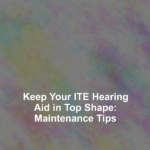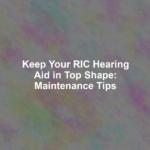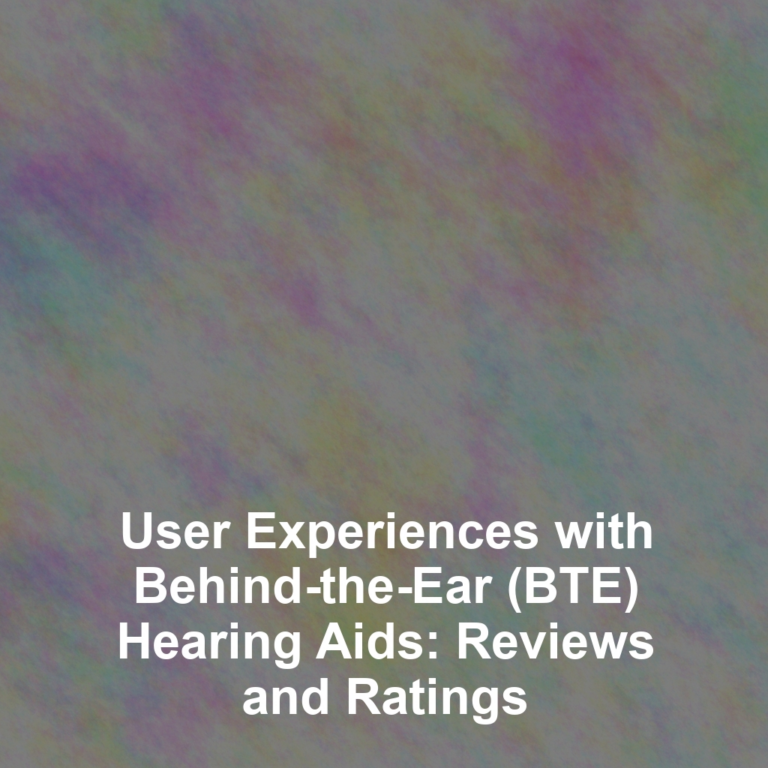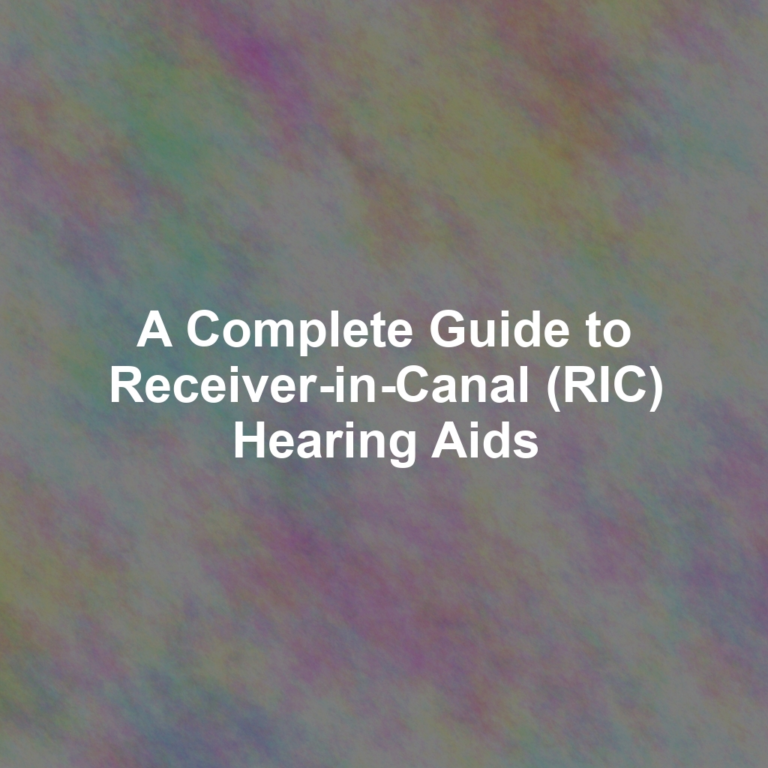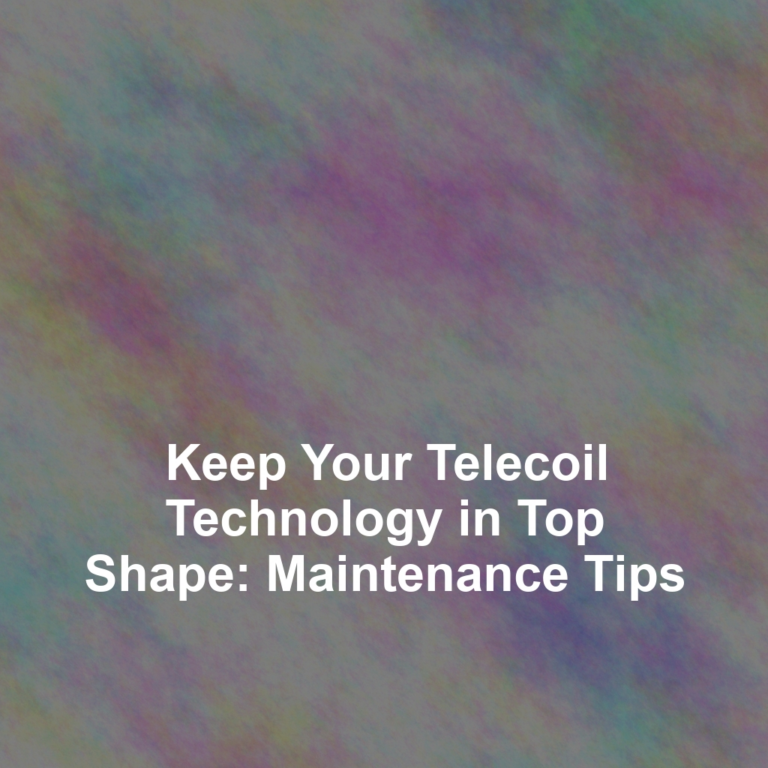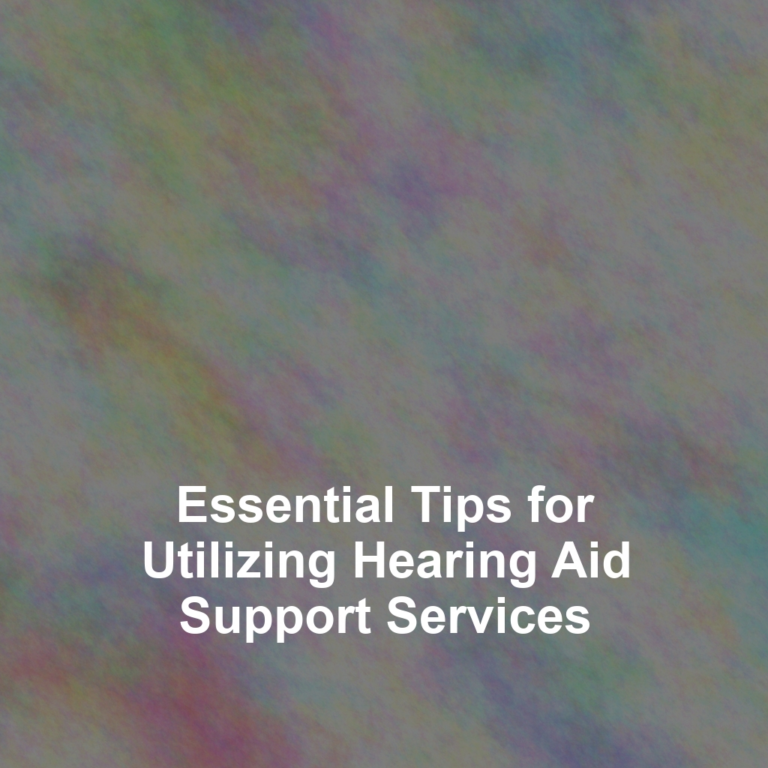When you clean, protect, and check your BTE hearing aid regularly, youG??re not just preserving a device; youG??re ensuring the clarity of your daily interactions and the richness of the worldG??s sounds.
As youG??ve undoubtedly experienced, your hearing aid is an invaluable partner in bridging communication gaps, but like any sophisticated technology, it requires a bit of tender loving care to function at its best.
You likely know the basics of hearing aid maintenance, but are you aware of the less obvious, yet critical steps that can prevent malfunctions and extend the life of your device?
Stay tuned to uncover some professional tips and tricks that might just save you from unexpected silence at the moments you least expect it.
Daily Cleaning Rituals
Each day, take a moment to gently wipe down your BTE hearing aid with a soft, dry cloth to remove any accumulated debris or earwax. ItG??s a simple practice thatG??ll ensure your device remains in top condition and delivers the best performance. Remember, itG??s not just about keeping it clean; itG??s about preserving the functionality and extending the lifespan of your hearing aid.
Ensure youG??re handling your hearing aid with care. Hold it over a table or a soft surface to avoid damage if it slips from your grasp. Check the microphone and vent openings to make sure theyG??re clear of any blockages. You can use a soft brush designed specifically for hearing aids to gently clear away any particles that might be stuck.
DonG??t forget to inspect the ear mold. It can harbor more earwax and moisture than other parts, so giving it a thorough check is crucial. If your model allows, detach the ear mold from the hook and clean it with mild soapy water, but only do this if youG??re sure it wonG??t damage the components. Let it dry completely before reattaching it to your BTE hearing aid. Regular cleaning will keep your hearing aid functioning well and help prevent any unnecessary repairs down the line.
Moisture Protection Strategies
While regular cleaning is essential for your BTE hearing aid, safeguarding it from moisture is equally critical to maintain its optimal functionality. Moisture can damage the sensitive electronic components, leading to a range of issues from distorted sound to complete failure.
HereG??s how you can protect your hearing aid from moisture:
-
Use a hearing aid dehumidifier or drying container every night. These devices remove moisture that accumulates during the day, keeping the internal parts dry.
-
When youG??re not wearing your hearing aid, store it in a dry, cool place. Avoid bathrooms or other humid areas that could expose it to moisture.
-
Invest in a water-resistant cover or sleeve for your hearing aid. This can be particularly useful in rainy weather or during activities where you might sweat more.
-
Handle your hearing aid with dry hands and remove it before showering, swimming, or engaging in activities that could lead to excessive sweating.
Battery Care and Replacement
To ensure your BTE hearing aid performs reliably, regularly check and replace its batteries as needed. Battery life varies depending on the hearing aidG??s power requirements and how often you use it. Typically, batteries can last anywhere from a few days to a couple of weeks.
YouG??ll know itG??s time to switch out the batteries when you notice a change in the quality of the sound or when the device stops functioning altogether. Some hearing aids emit a beeping sound to alert you when the battery is low, so keep an ear out for that signal.
When handling batteries, make sure your hands are dry to avoid any moisture damage. Store spare batteries at room temperature and away from coins and keys to prevent accidental discharge. Also, donG??t remove the tab from a zinc-air battery until youG??re ready to use it, as this activates the battery and it will start losing power immediately.
After youG??ve replaced the battery, check that the battery door is properly closed to ensure optimal performance and to keep moisture and dirt out. Dispose of used batteries safely, following local recycling guidelines, as they contain materials that can be harmful to the environment.
Regular Performance Checks
After ensuring your BTE hearing aid is powered by fresh batteries, itG??s vital to perform regular performance checks to maintain its optimal functionality. YouG??ll want to make sure youG??re hearing consistently clear sounds and that there are no interruptions in service.
HereG??s what you should do:
-
Listen for Consistency: Put on your hearing aid and check if the sound is clear and consistent. If you notice any crackling or intermittent sound, it may be time for a professional checkup.
-
Check the Volume Control: Adjust the volume levels to ensure theyG??re working properly. If the volume doesnG??t change smoothly or if you hear distortion at certain levels, it might signal an issue.
-
Inspect the Ear Mold: Make sure the ear mold is free from any blockages. A clogged ear mold can reduce the quality of sound transmission significantly.
-
Test in Different Environments: Use your hearing aid in various settings to test its performance. It should work well in both quiet and noisy environments. If it doesnG??t, you might need to adjust the settings or consult with your audiologist.
Troubleshooting Common Issues
When you encounter issues with your BTE hearing aid, the first step is to identify the problem and assess whether itG??s something you can fix yourself or if professional assistance is needed. Common problems include distorted sound, reduced amplification, or complete loss of function.
If youG??re experiencing distorted sound or feedback, check the ear mold and tubing for blockages or damage. Clean them carefully, but if theyG??re damaged, theyG??ll need replacing. For reduced sound quality or volume, ensure your volume control is appropriately adjusted and the battery is fresh. Sometimes, simply reseating or replacing the battery can solve the issue.
Should your BTE hearing aid stop working, first check if itG??s turned on and the battery is correctly inserted. If thereG??s no issue there, look at the battery contacts for corrosion; gentle cleaning with a dry cloth might do the trick. If the problem persists, it might be due to internal damage or a malfunction, and youG??ll need to consult a professional.
Conclusion
To ensure your BTE hearing aid stays in prime condition, stick to your daily cleaning routine, shield it from moisture, and be vigilant about battery maintenance. DonG??t skip those regular performance checks to catch any hiccups early on.
If you run into issues, tackle them promptly. With these habits, youG??ll keep your device functioning at its best, ensuring clear sound day in and day out. Remember, a little care goes a long way for your hearing health.

